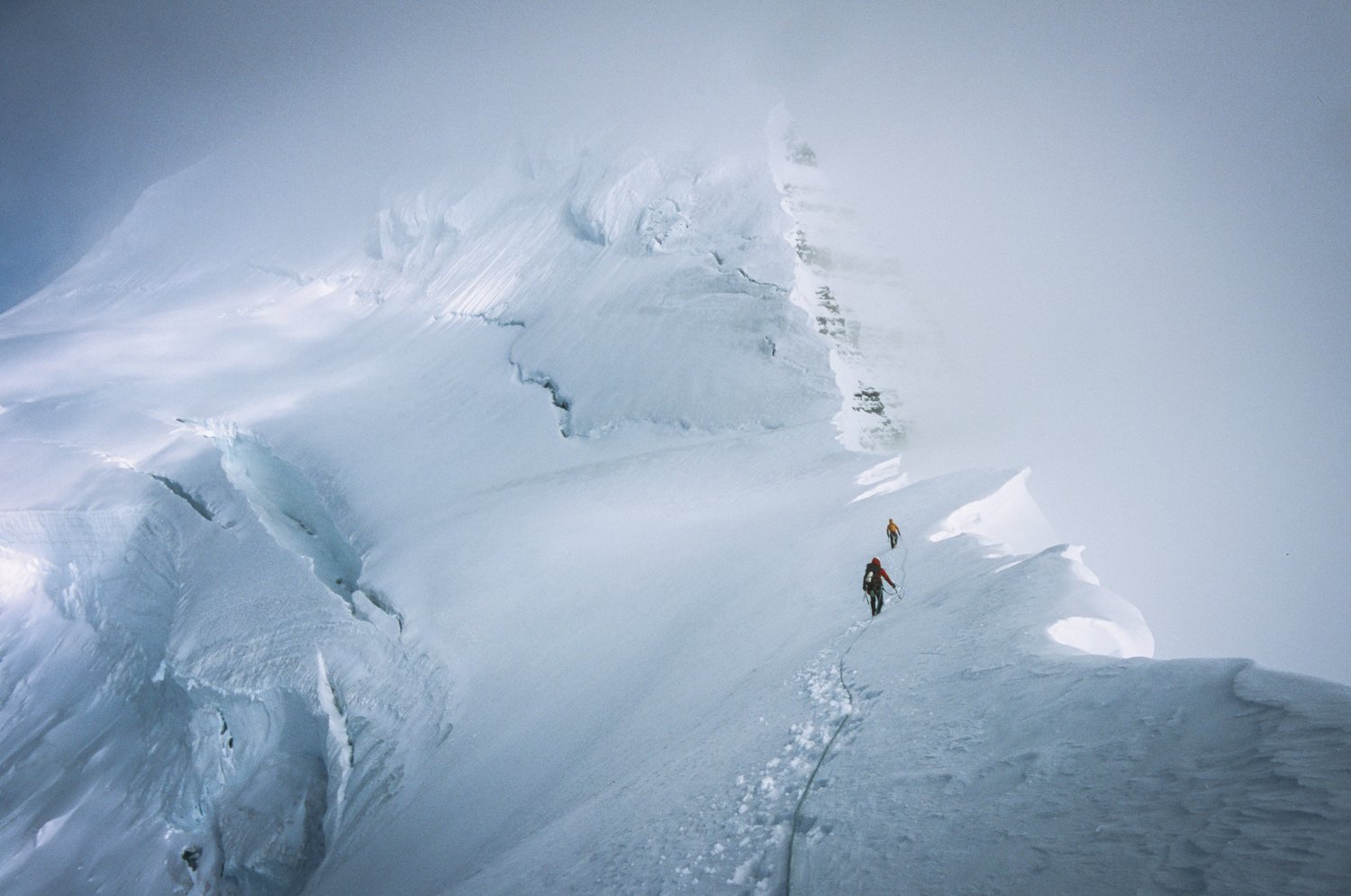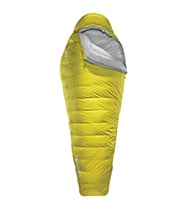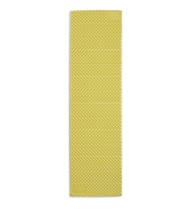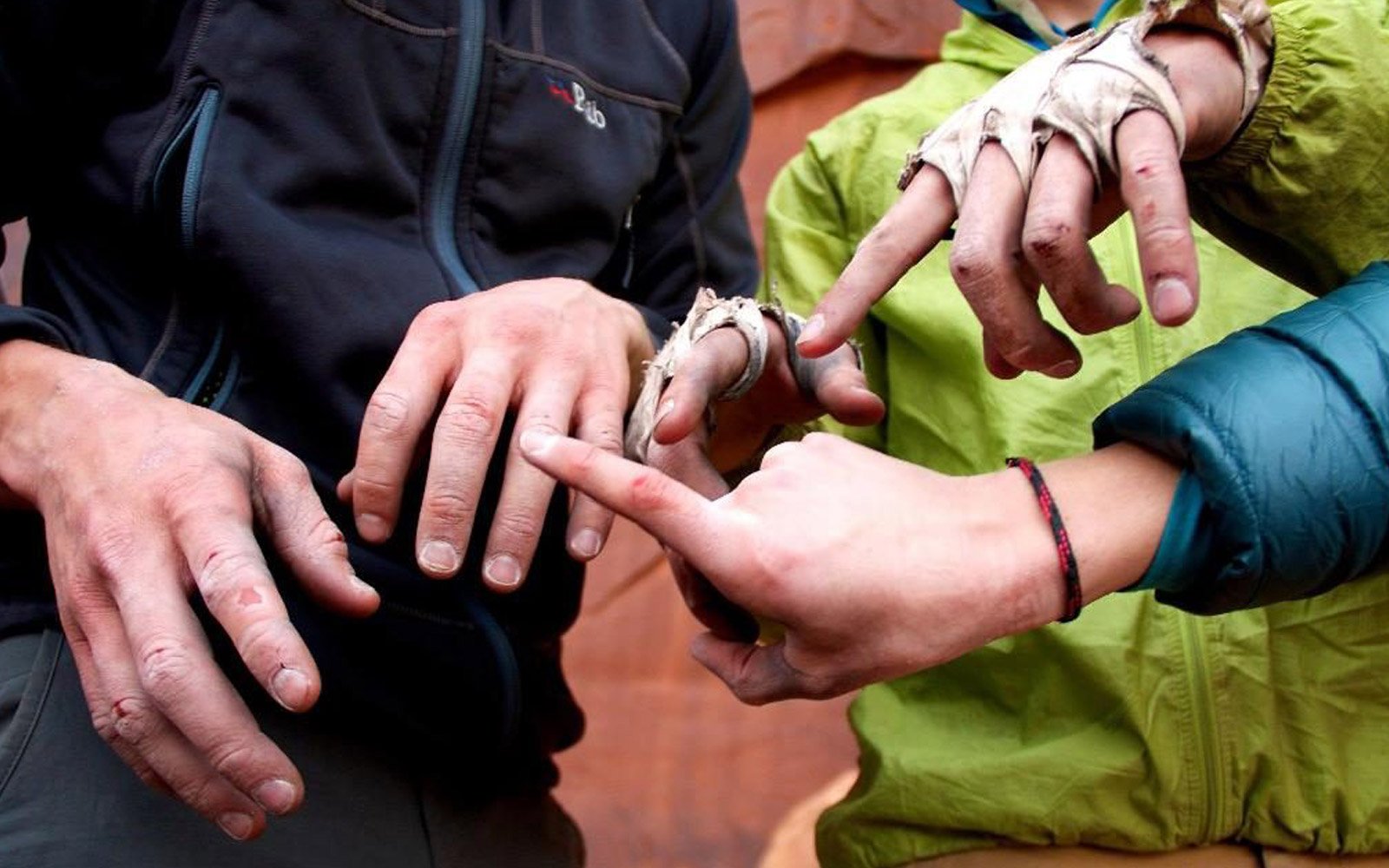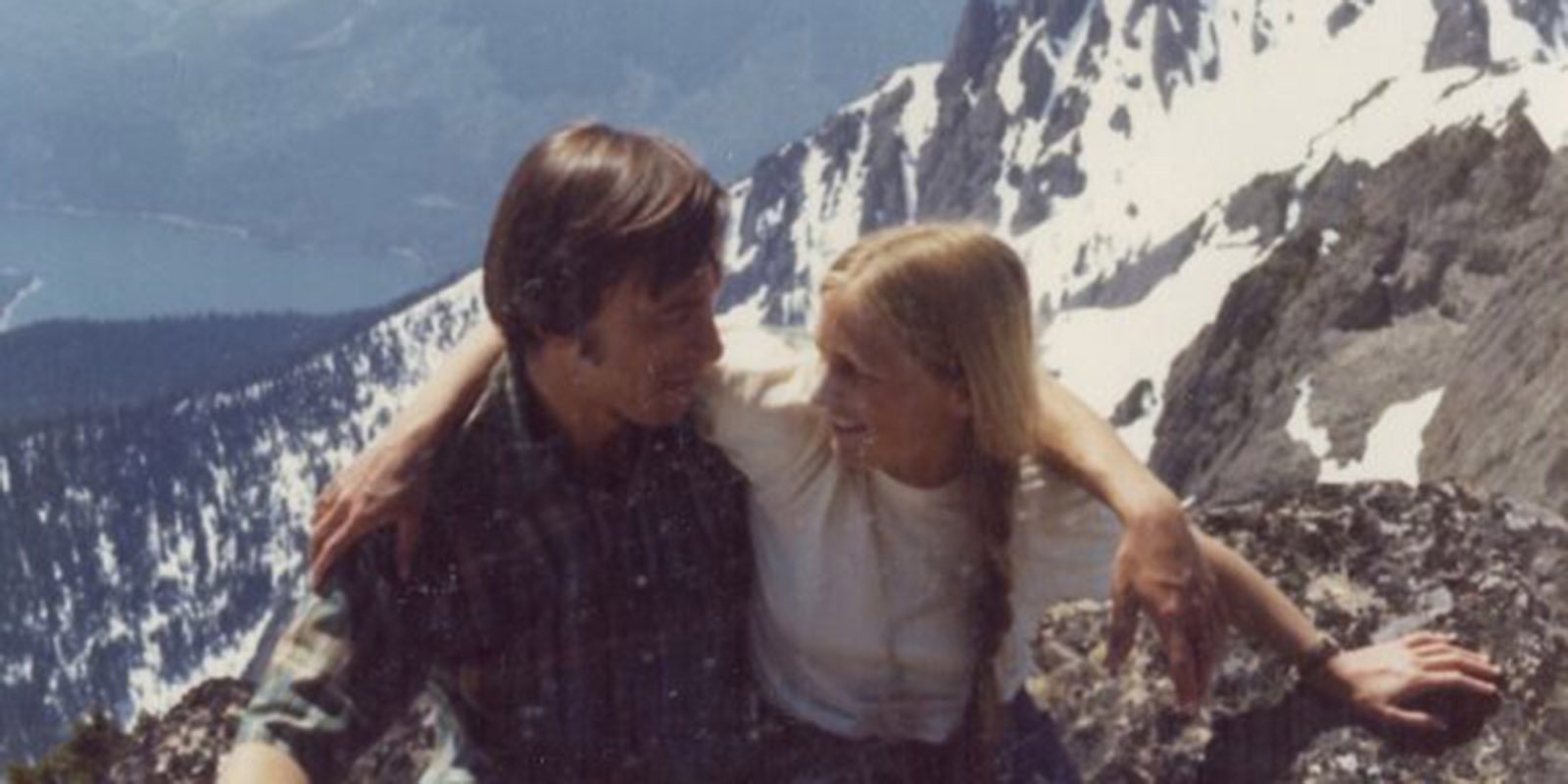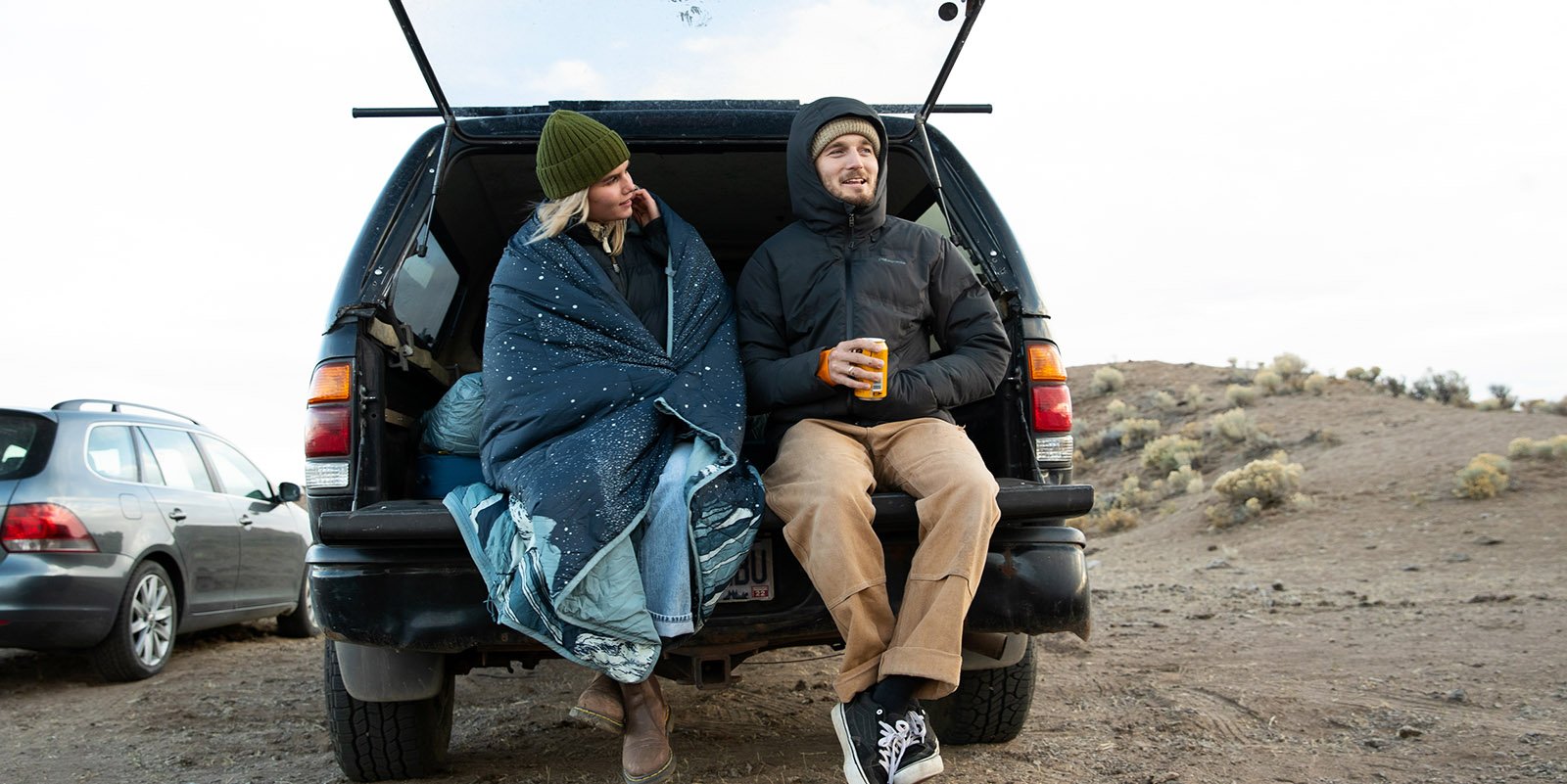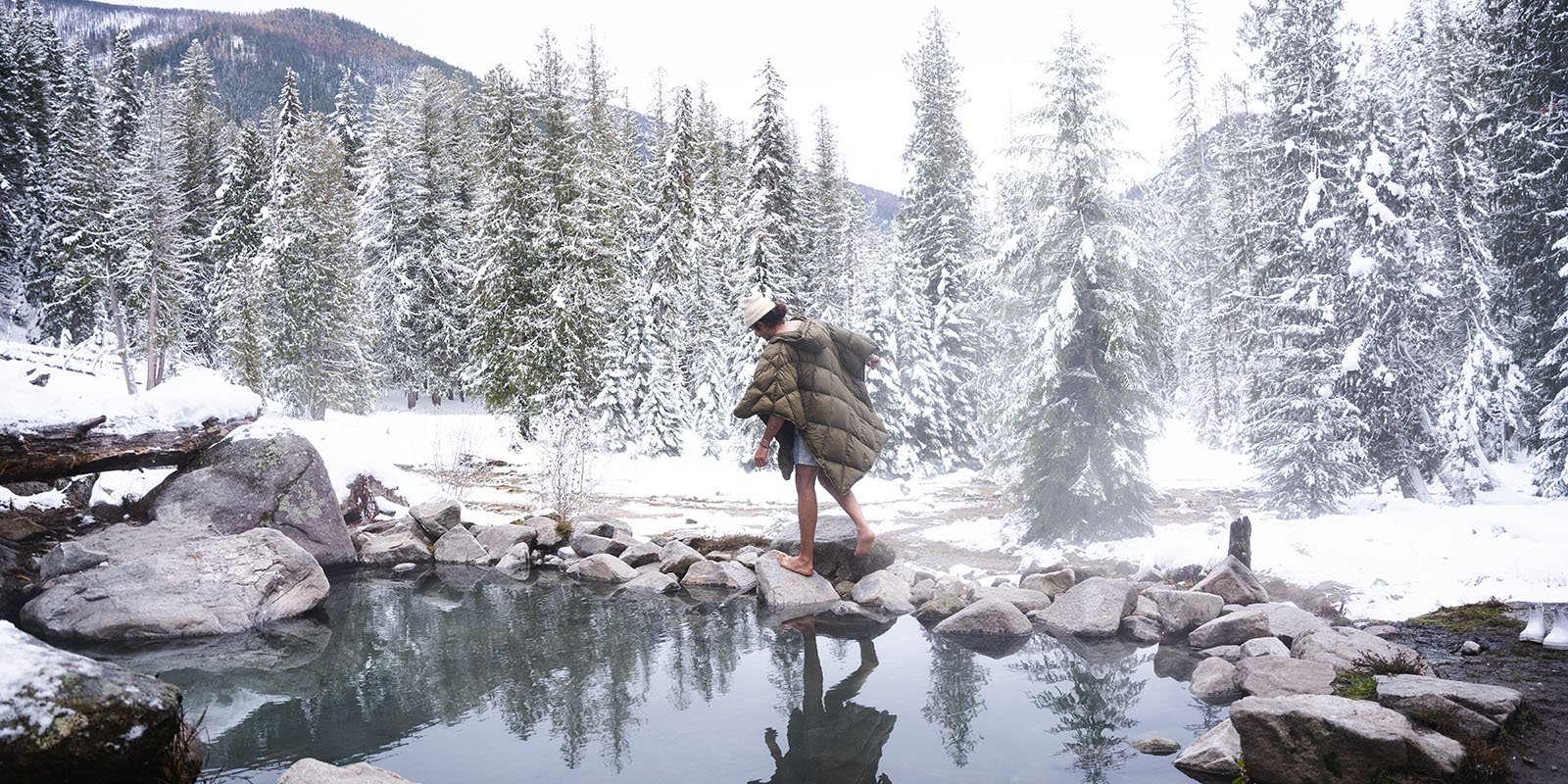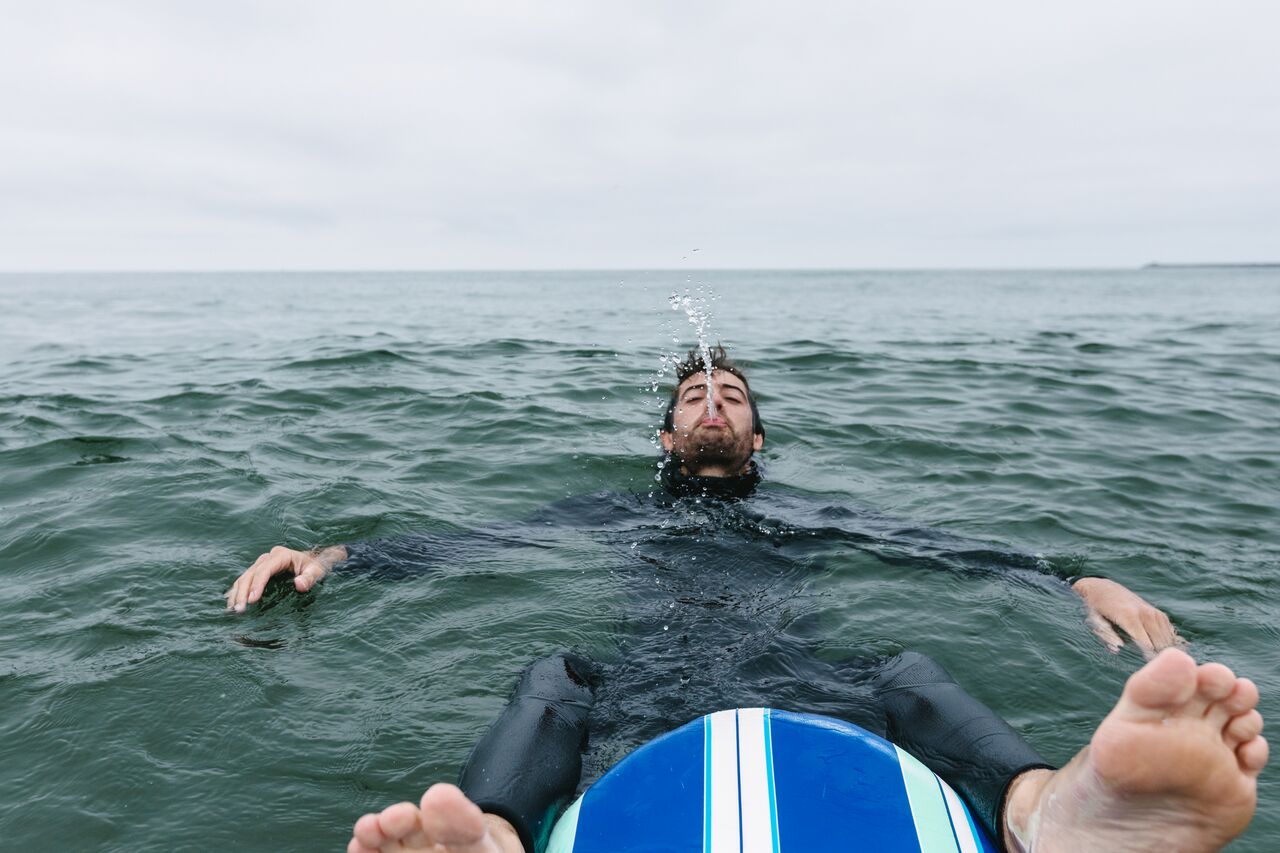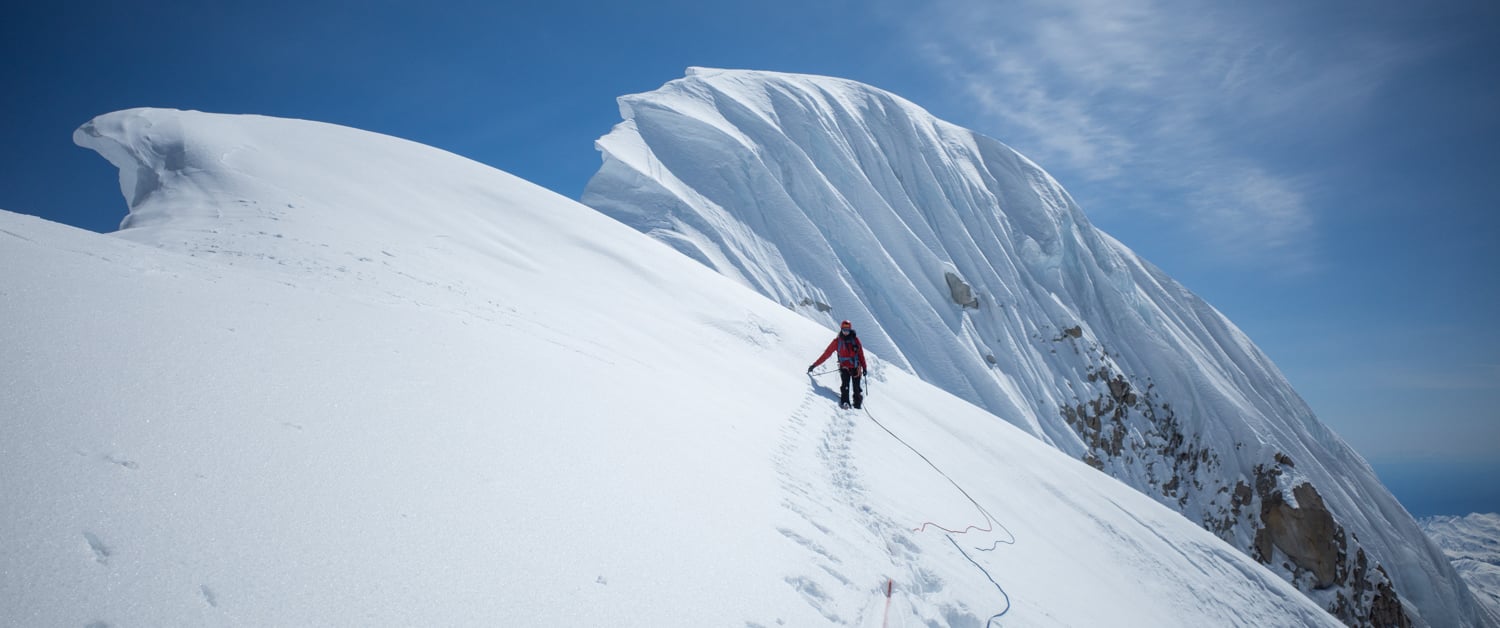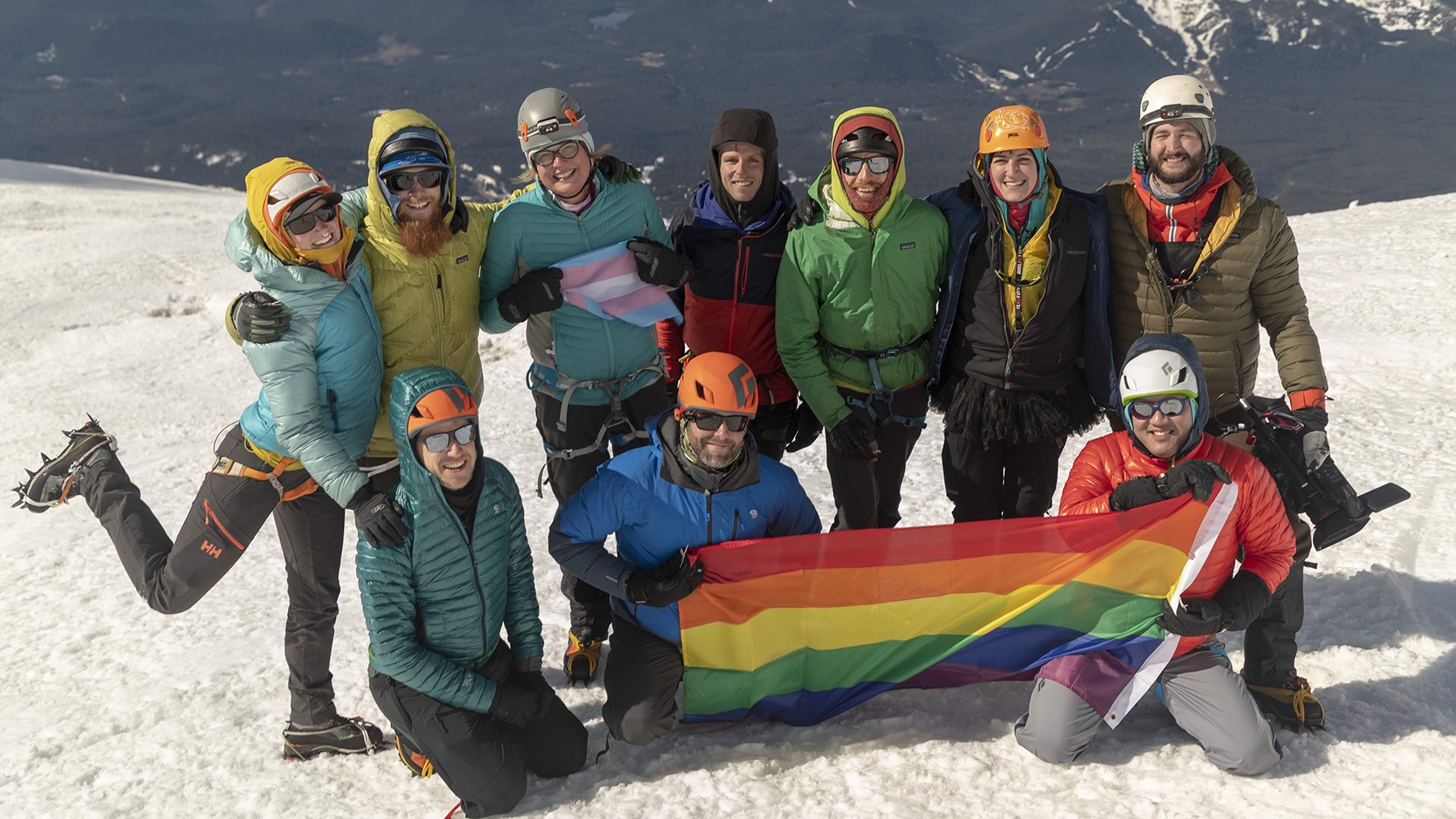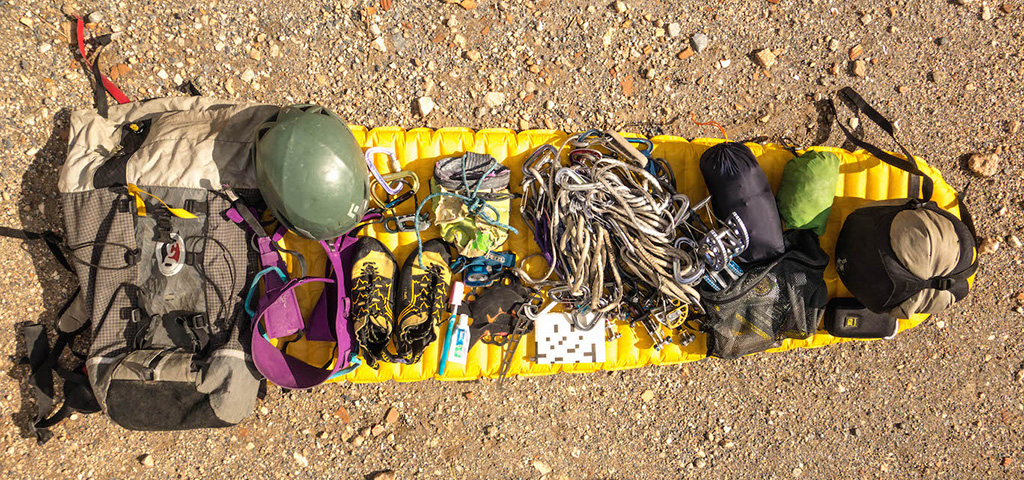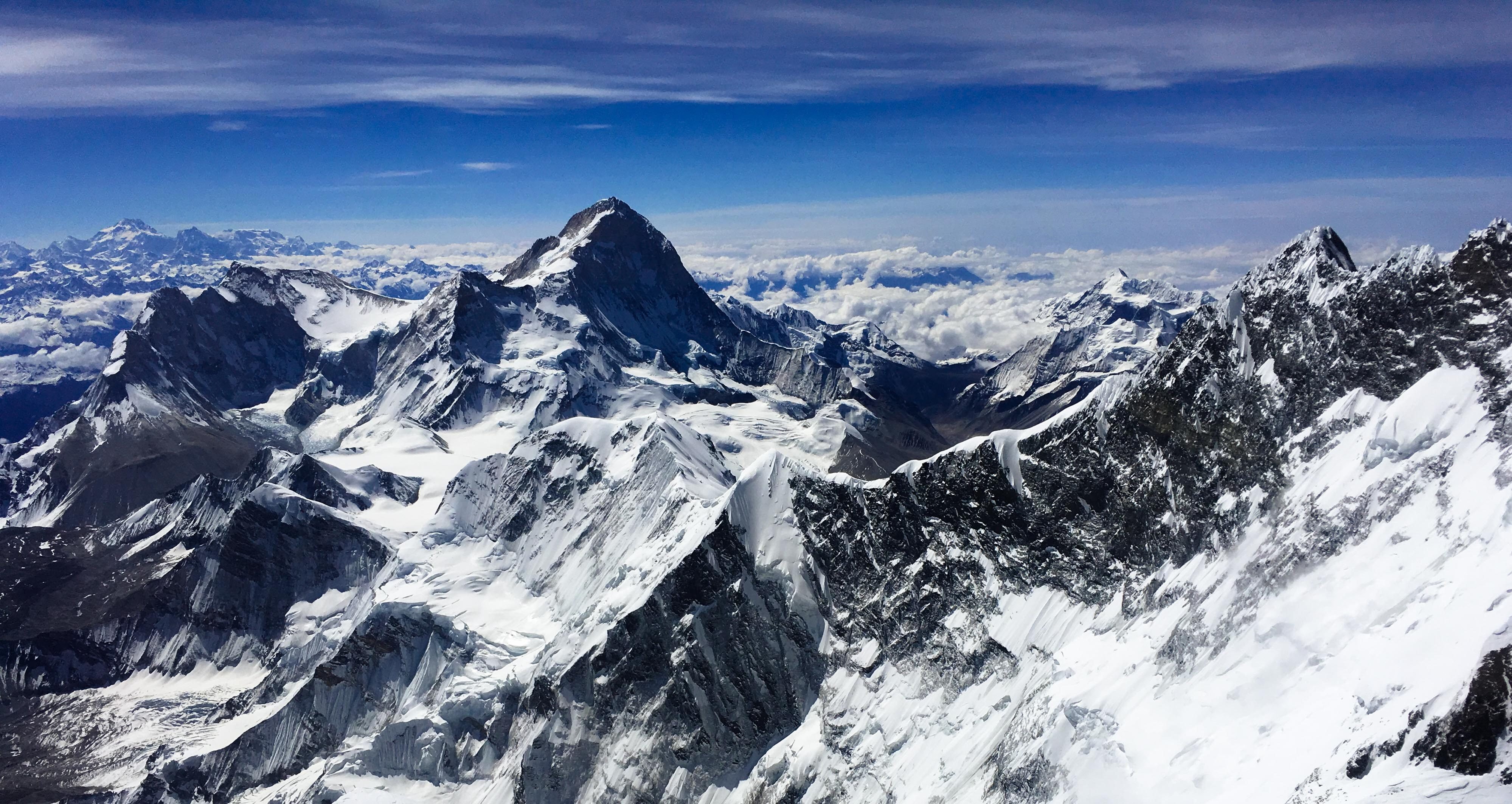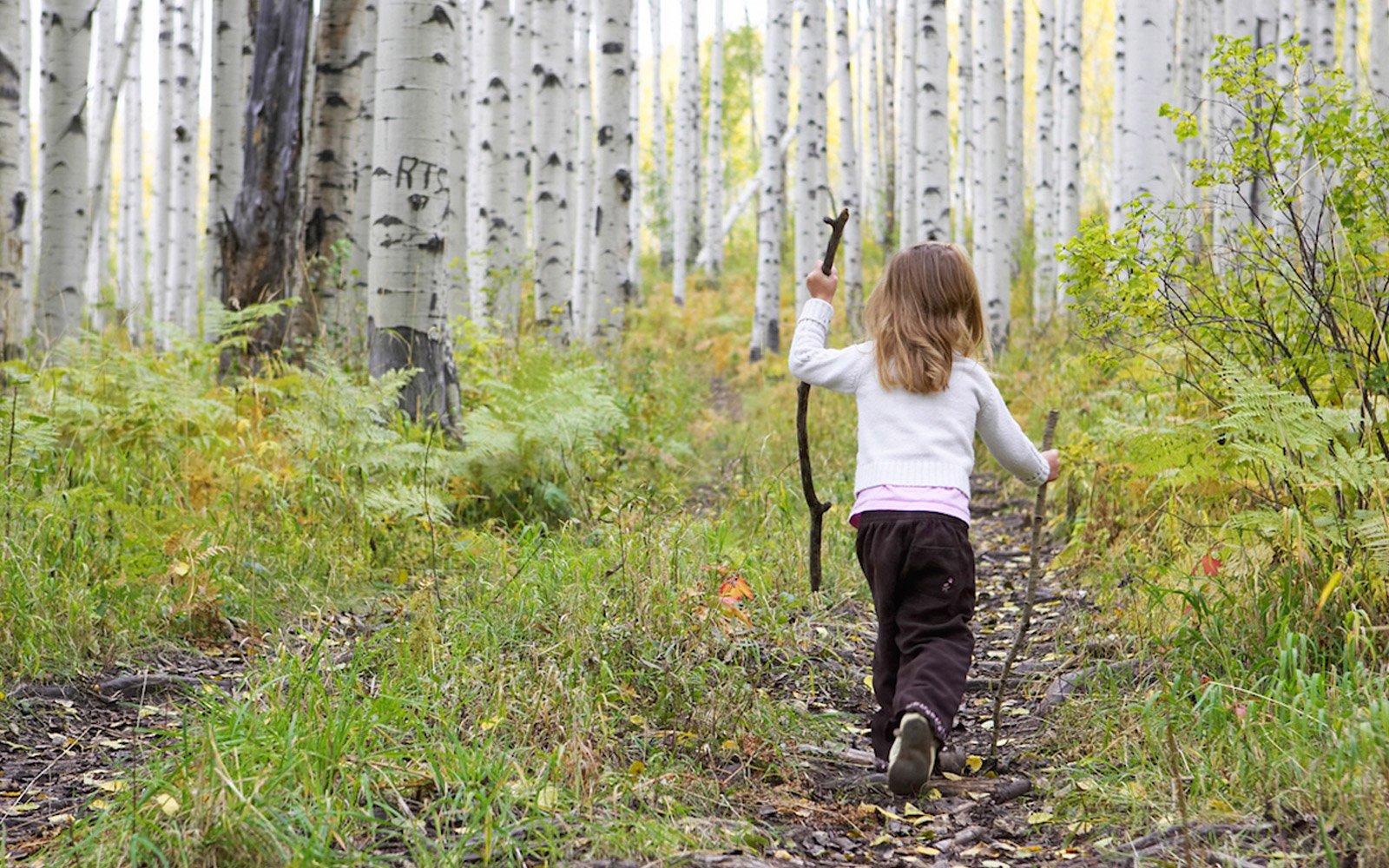Stunningly beautiful and equally challenging, Mt. Robson is the highest point in the Canadian Rockies, sitting just below 13,000 feet. It’s notorious for its world-class climbing as well as its unpredictable weather patterns. This ancient hunk of stone epitomized the dreams we had before beginning our Pan American Trail moto expedition. The iconic ice wall known as the Kain Face and the fact that very few parties reach the summit had us determined to give the hunk of rock our best shot.
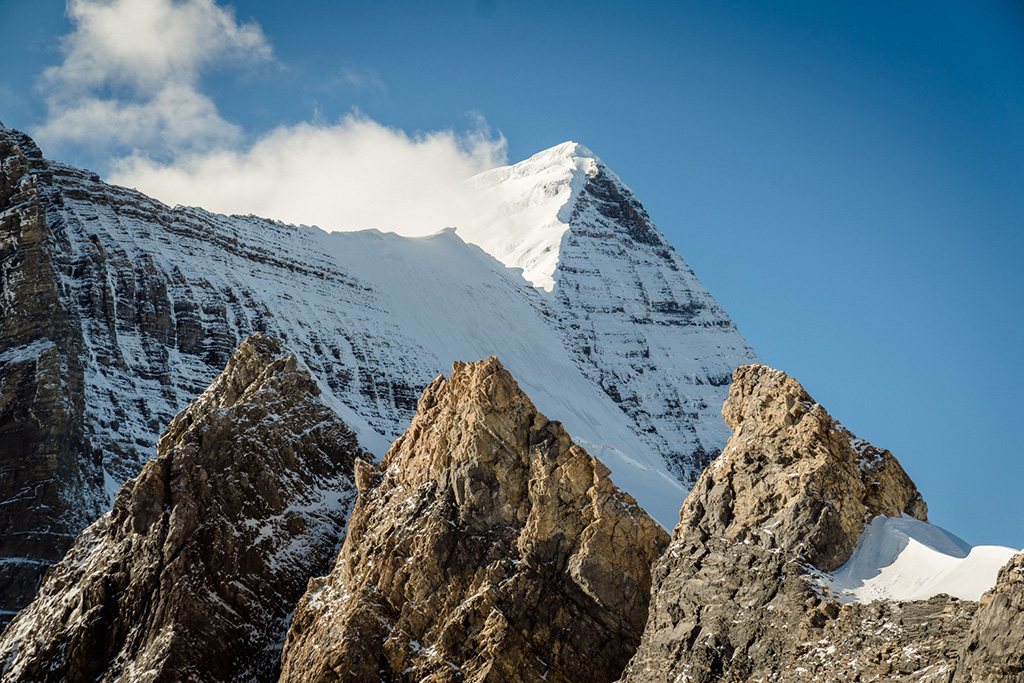
The past few months had been a whirlwind— a 4,500-mile ride from Pennsylvania to Alaska, a two-week climb on Denali, a stint of seasonal jobs and a miserable 800-mile ride up to Prudhoe Bay in the Arctic Circle.
Three weeks ago, while sitting in a campground in Alaska, we checked the weather report, hoping that the weather gods would smile upon us. Allen smiled. “Boys, we need to ride.” A short, but clear, four-day window was predicted in about 10 days time. Still recovering from a long and brutal mission to the Arctic Circle, we weren’t exactly ecstatic about putting in nearly 2,000 cold, rainy miles to Southern BC. However, we were well aware that this was most likely the last window the mountain would offer, so we saddled up and hit the road. Dodging black bears, caribou, and bison along the way, we rode the beautifully scenic Cassiar Highway to Robson Provincial Park. Our trip had just started and the world was at our fingertips.
We quickly found out that although the trip was awesome, it wouldn’t be a “walk in the park” by any means. By this point, we had spent our fair share of time in miserable weather. Freezing rain, high winds, and snow storms had pushed our endurance and grit to their limits.
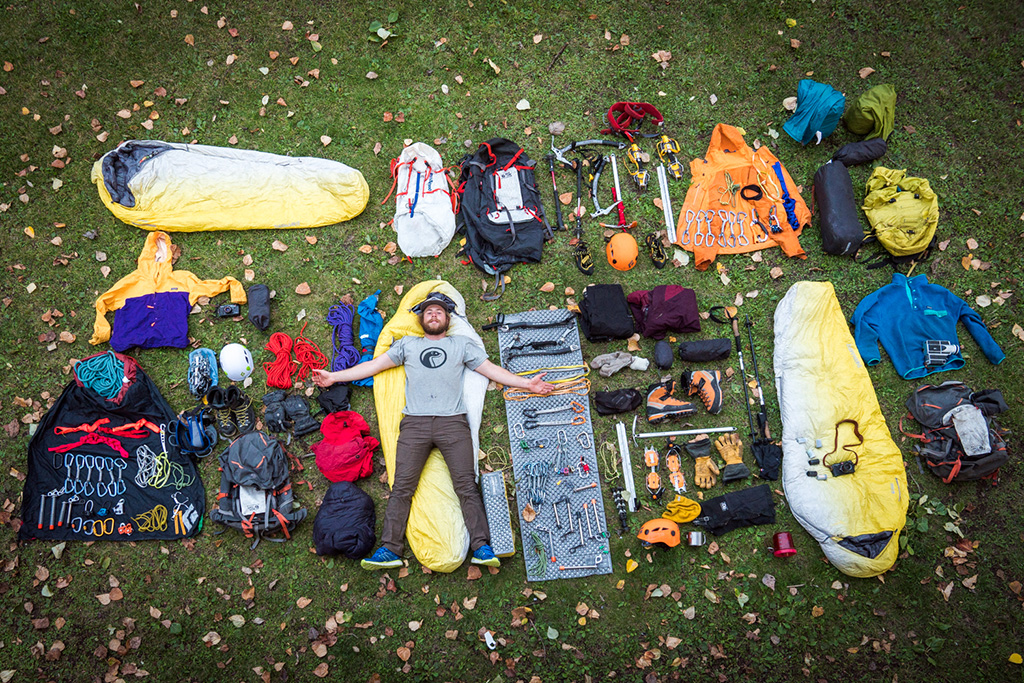
Riding straight from Fairbanks, we arrived in Mount Robson Provincial Park the night before we were to begin our climb, just in time for the narrow weather window. Robson’s cloud-covered summit towered 10,000 feet above us. We quickly organized and packed our gear in the visitor center front lawn. A passing ranger took one condescending look at us and asked, “Have you climbed mountains before? You know this mountain is pretty hard, right?”
Exchanging amused glances we responded, “Uh, yeah.”
I suppose we didn’t exactly fit the bill of most Mt. Robson climbers: a group of over-ambitious kids rolling up on motorcycles, road-weary, mildy disorganized, and covered in mud. We set our alarms for 4am, caught a few hours of sleep in the parking lot and woke up to a clear night sky.
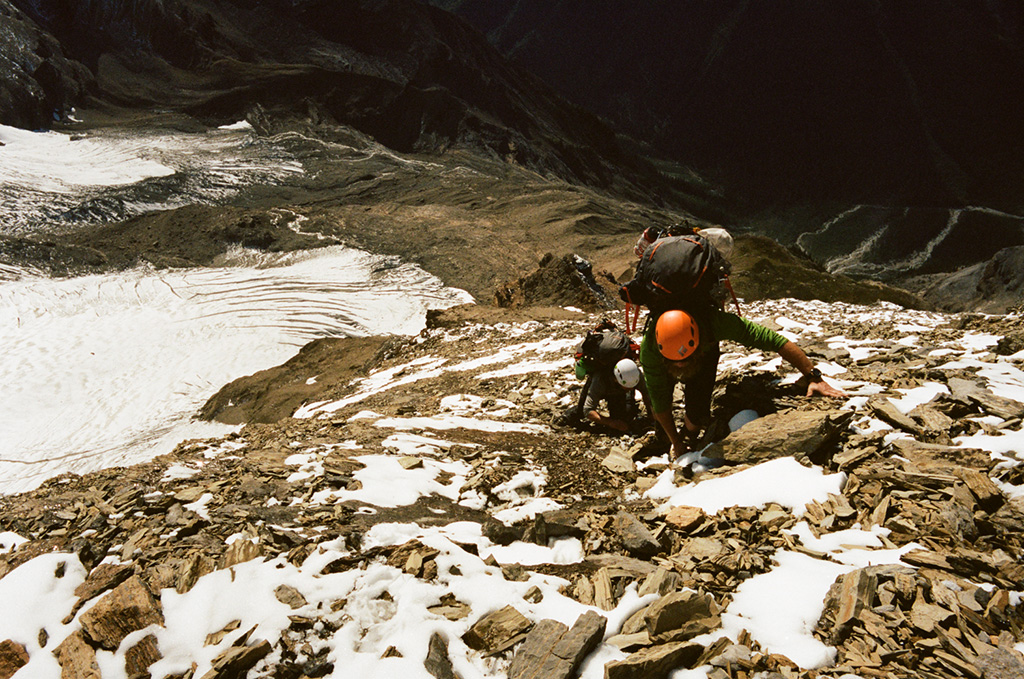
I once heard someone say that the Canadian Rockies are piles of loose scree held together by ice, snow, or just pure convenience. That’s as accurate a description as I’ve ever heard, and we struggled to pick our way up the less traveled and rather vague route. Deciding to bypass the traditional long hike in via Berg Lake, we opted for the less-traveled Patterson Spur, an approach that consisted of 4th class scrambling, slipping, and swearing… Despite packing as light as we could, even choosing to use 20F° sleeping bags to save weight, we ended up with about 65-70 lbs in our backpacks. There is nothing pleasant about gaining 10,000 feet of mostly technical or exposed terrain with 70 lbs on the back, that’s for sure. Scrambling— and I think I speak for everyone— is my least favorite part of climbing. When even a small mistake could result in a deadly tumble, the climb takes a toll not only on your physical strength but your mental stamina as well.
Two-thousand feet of 4th class scrambling and a chilly traverse over a series of exposed towers left us completely exhausted at the end of day two. Perched in front of Robson’s iconic pyramid, the scenery was breathtaking and helped to take our minds off our weary bones. Ramen and hot tea never tasted so good, and the night was clear as could be. There’s something about sleeping closer to the stars that makes it seem like you could reach out your hand and touch them.
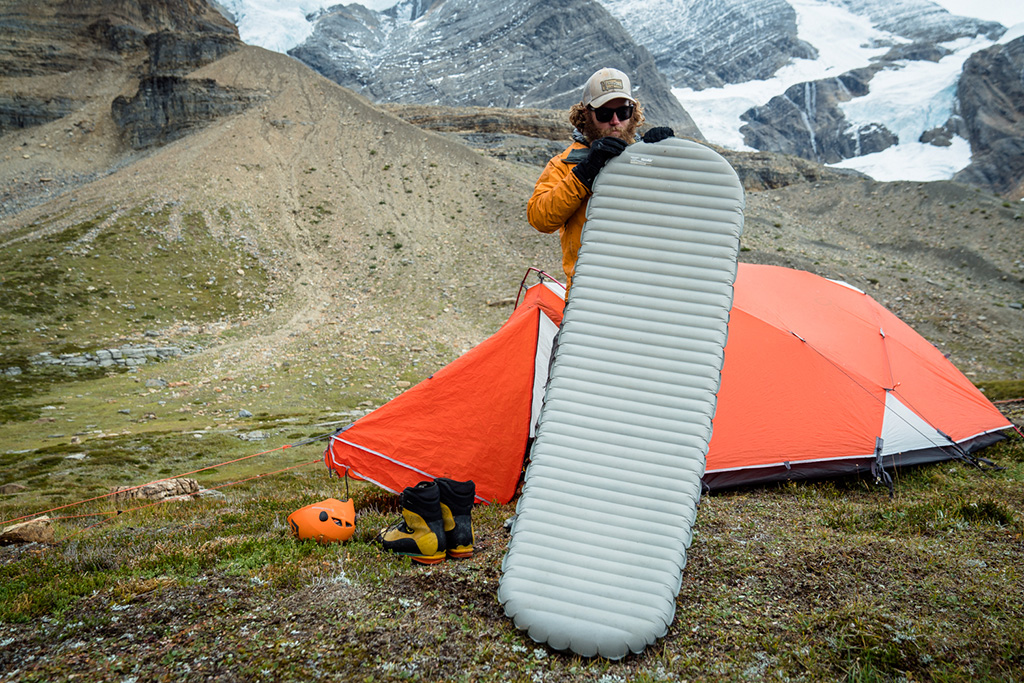
As a photographer, picturesque nights like these are exactly what we hope and pray for, but I’d be lying if I said I hadn’t wished for cloudy skies once or twice. Snug as a bug inside my sleeping bag and warm for the first time that day, I could envision what a beautiful image our setup would make. Begrudgingly forcing myself to don my boots and layers, I headed back outside with camera in hand.
My hands flash froze almost instantly, and I expected my camera to die at any moment from the cold. I propped my camera on a pile of rocks, framed the shot as best I could in the dark, and clicked the shutter. Trying my best to stop shivering and not paying much attention to my surroundings, I waited for the image to render and couldn’t believe my eyes.

The sky was painted with green streaks, lighting up the mountain with a green hue. I had never expected to see the Northern Lights this far south or so early in the season, and was completely taken by surprise. As the Aurora Borealis grew stronger and brighter, my fingers and toes didn’t seem to mind the cold, the stress from the days climb faded from memory, and the light show over the next hour couldn’t seem to last long enough.
On the fourth morning of our climb, we crawled out of our warm sleeping bags and awoke to clear weather and a dramatic sunrise. Summit day. The final day of our predicted weather window.
“Red in the morning, sailors warning,” Allen stated. I laughed. Jeremy frowned. We roped up and hit the Kain Face, climbing via the light of our headlamps. Allen led the team, making short work of the bergschrund at the bottom of the face and setting ice screws for us to follow. We simul-climbed the thousand vertical foot wall of ice, hooting and hollering the whole way up. It was a tiring climb, although the birds eye views of the dramatic Robson glacier and infamous Mousetrap Icefall made up for it.
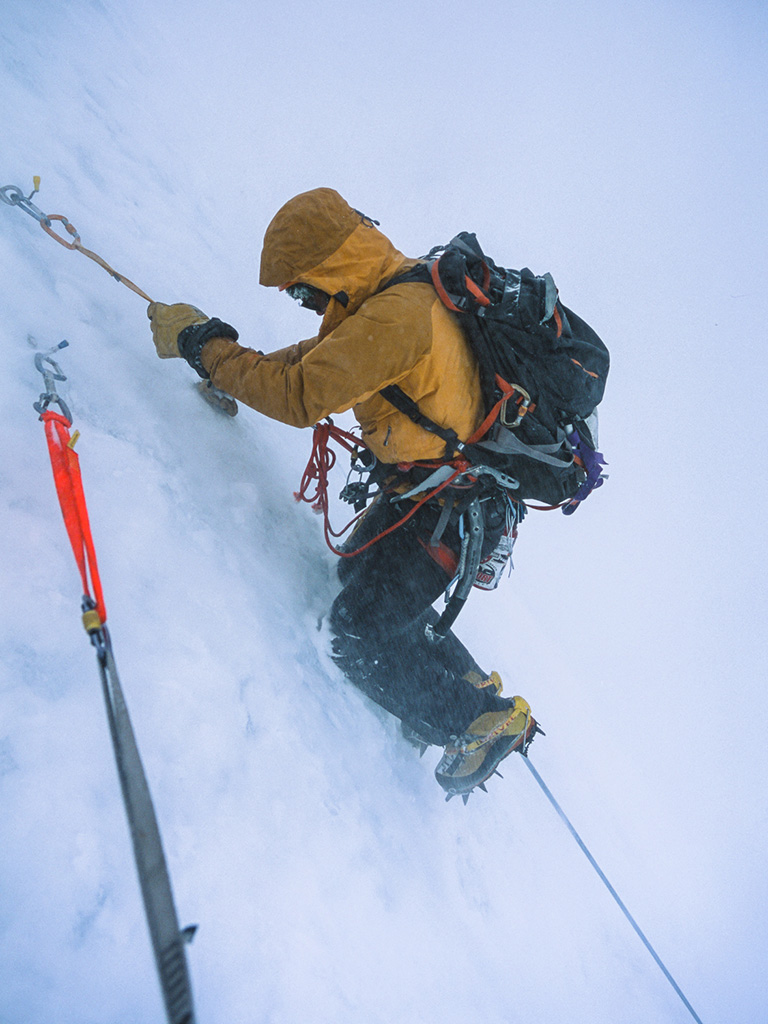
As we topped out on the Kain Face, we were immediately met with gale force winds and a reminder that our battle was far from over. Another one thousand vertical feet of exposed climbing lay in front of us, as well as a rather corniced looking ridgeline. As we navigated the ridge, I saw a hole ahead of me that I assumed was a crevasse. As I got closer I peered over the edge, only to realize that I was staring straight through an enormous cornice and standing above 2,000 feet of thin air. My heart skipped a beat as I found an alternate route.
The more I climb, the more I realize the compromises that I am required to make. It’s a strange concept to think about, and one I often find myself pondering; am I biting off more than I can chew, or like anything worth doing, do I simply need to push past the fear and discomfort? When it comes to alpinism, I can hold my own but I’m definitely no veteran. The nature of mountaineering is unforgiving and inevitably results in a higher level of consequence for mistakes. Progression is necessary, yet safety is essential in order to sustain growth over the long haul. Growing as a climber often requires safety standards to be lowered, yet by contrast, in order to prioritize safety, progress must often be compromised. The question then remains: what is the acceptable level of risk?
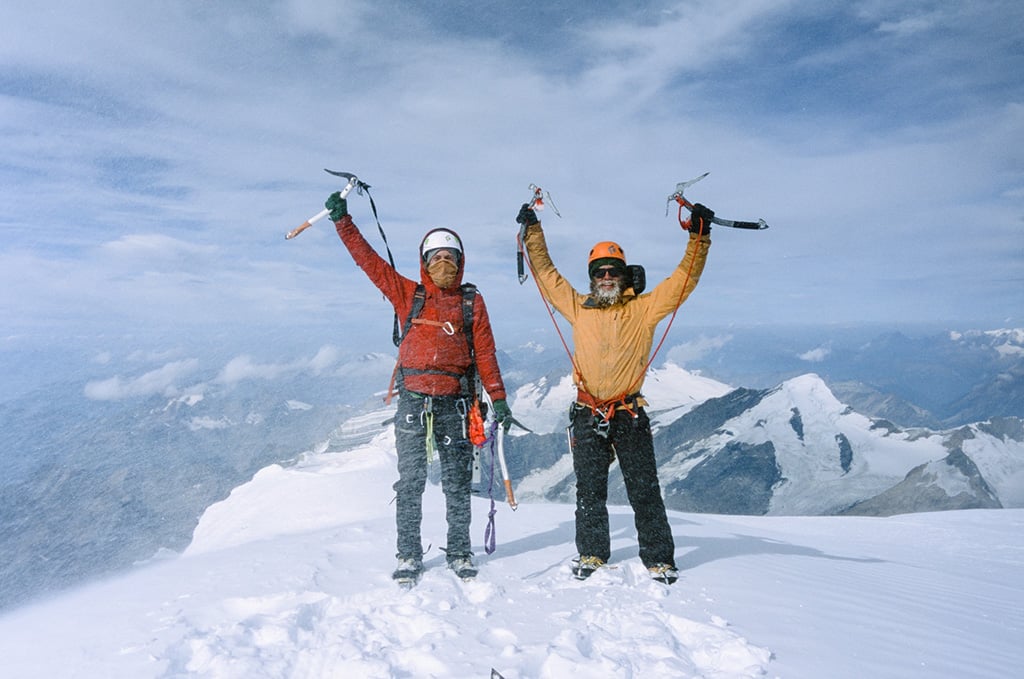
Standing on the summit of Robson, I suppose the reward does, at times, outweigh the risks.
Our climb didn’t end there, and I could write a whole story about the stormy descent as it proved some of the most difficult navigating of the climb. Coming from two brutal weeks on Mt Denali, we were somewhat used to cold and harsh conditions, but I don’t think we quite anticipated the workout that Robson put us through. It tested our physical and mental strength and asked us to walk the line between risk and reward. We arrived back to our motorcycles, equal parts humbled and triumphant, stretched out our sleeping bags and immediately fell into a warm slumber. When we finally awoke, we found the road south patiently waiting for us.
If you missed the first leg of the Pan American Trail adventure, head to “Staring Down The Long Road” to hear about the start of the journey and the crew’s time on Denali. To read about the next part of the crew’s journey, check out “Southbound”.
Related Posts:
